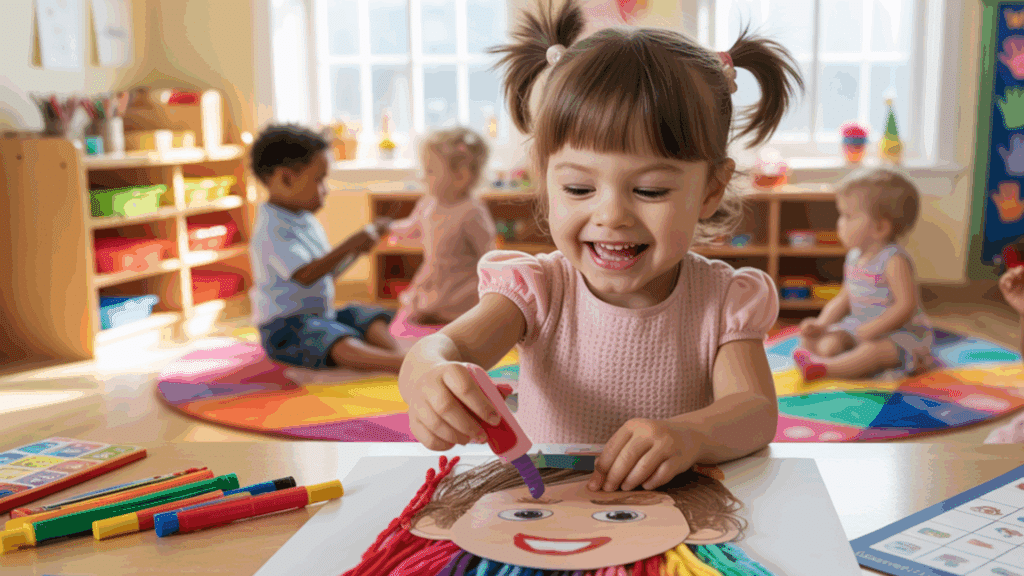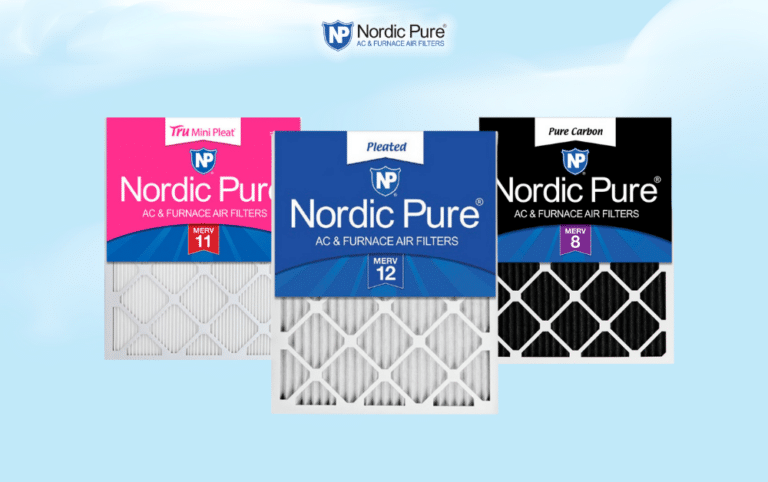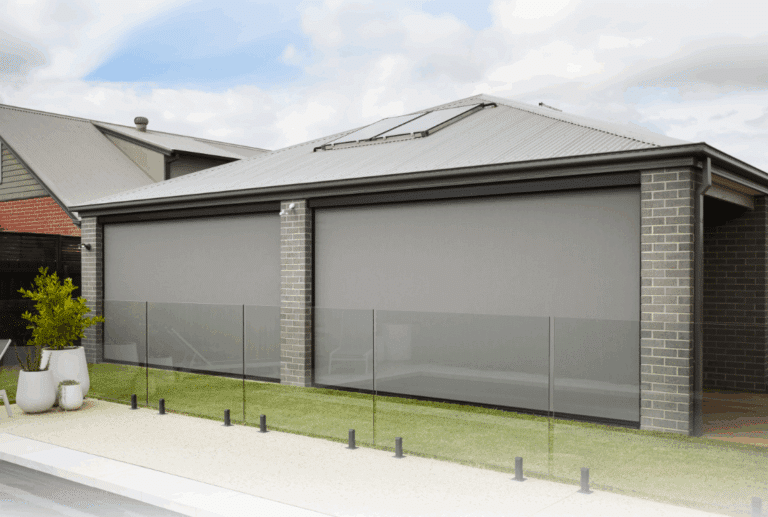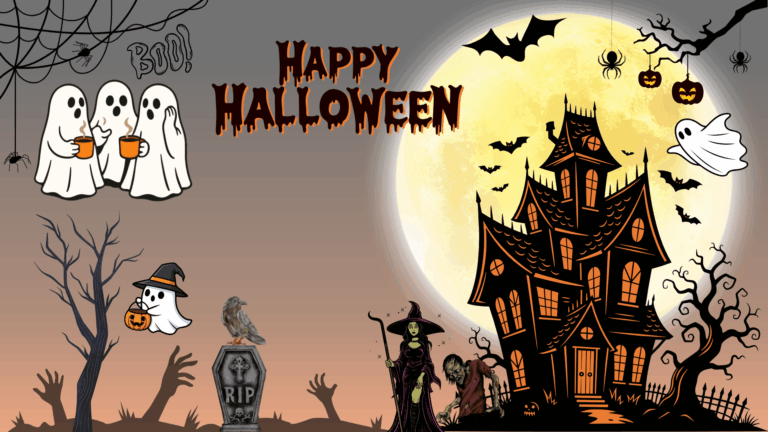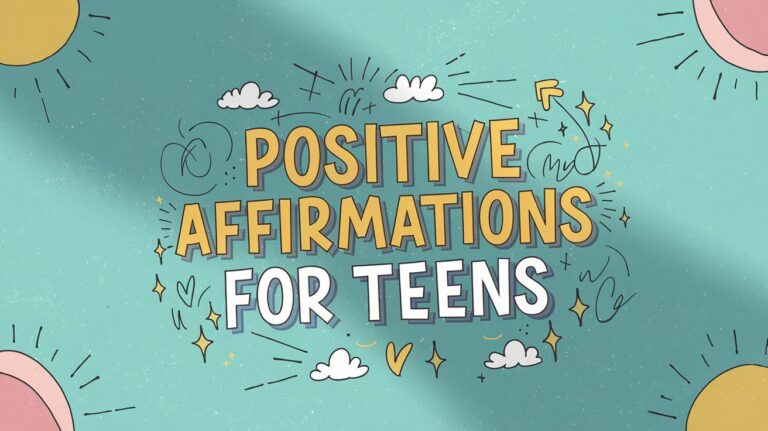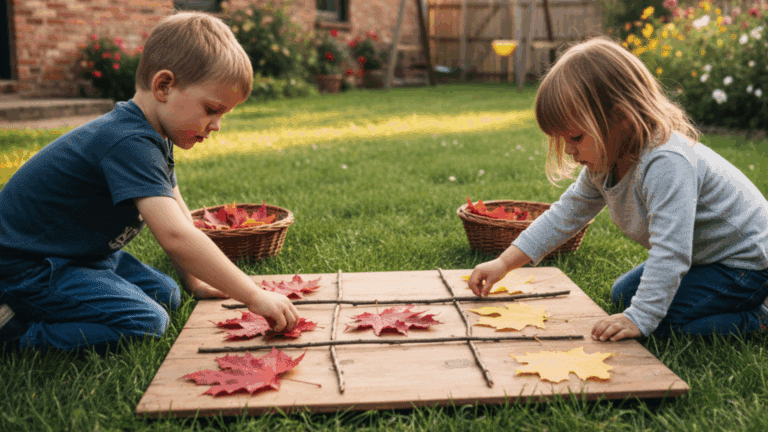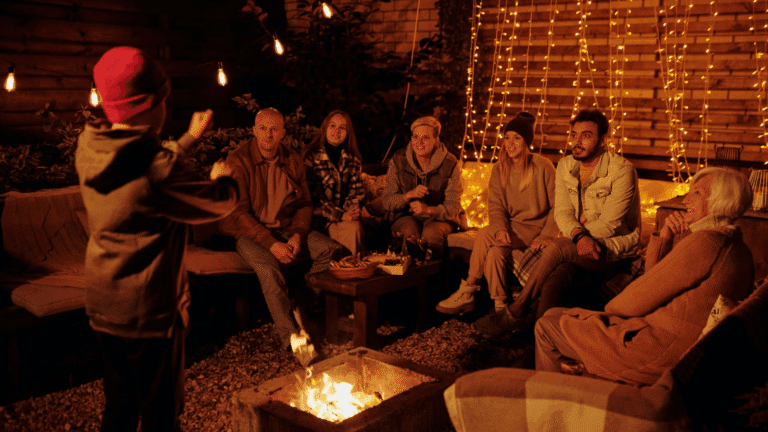Many preschool teachers struggle to help young children develop self-awareness and confidence during those crucial early years.
Children at this age often struggle to express who they are and what makes them special and unique.
These all about me activities will help preschoolers explore their identities while building essential social and emotional skills. You’ll find engaging projects that encourage self-reflection and personal expression through creative play.
We’ll cover activities that cater to different learning styles and developmental levels. These activities also strengthen language skills and social connections. Every child will feel valued and confident about their unique qualities and contributions.
Importance of All About Me Activities for Preschool Development
These activities build essential self-awareness skills that form the foundation for healthy social and emotional development. Preschoolers learn to identify their feelings, preferences, and unique qualities.
This self-knowledge helps them communicate needs effectively.
All About Me activities boost confidence and self-esteem during critical early years. Children feel valued when their interests and experiences are celebrated. They develop positive self-concepts that support future learning.
These activities also strengthen language and communication skills. Children practice describing themselves, sharing stories, and expressing thoughts. They build vocabulary related to emotions and personal experiences.
All About Me Activities For Pre-schoolers
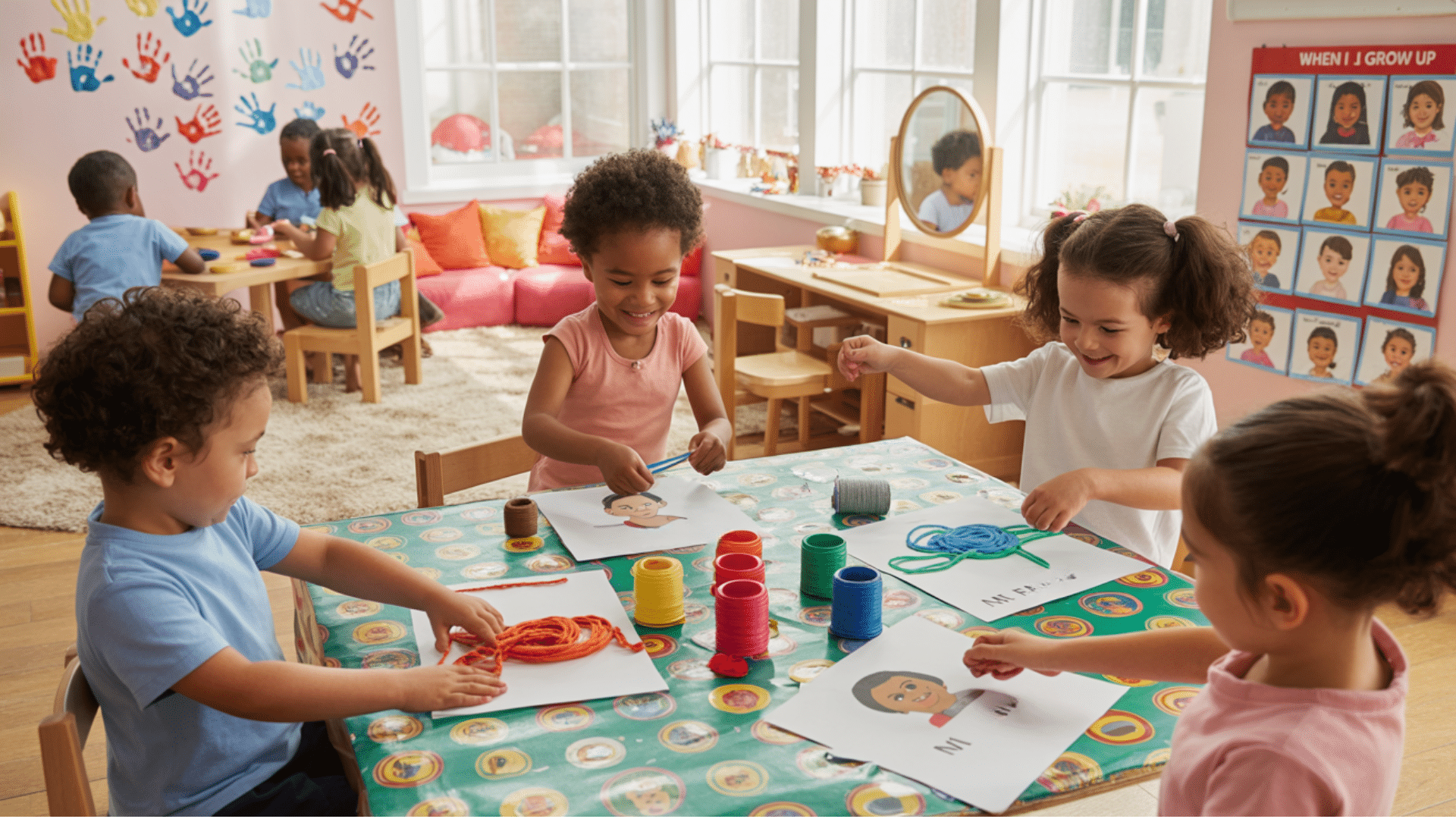
These carefully selected activities engage preschoolers in fun, hands-on exploration of their identities through art, movement, storytelling, and interactive play.
Each activity is designed to be developmentally appropriate while encouraging self-expression and building confidence in young learners who are just beginning to understand themselves and their place in the world.
1. Me Bingo
This personalized twist on Bingo helps preschoolers get to know each other.
Kids listen, learn, and mark boxes that match their own traits, promoting communication and social bonding in a fun and engaging way.
- What You’ll Need: Custom Bingo cards, markers or stickers, pencils
- Skills Practiced: Self-awareness, listening, early literacy
- Why Kids Love It: They enjoy discovering similarities with friends and sharing about themselves
2. Name Puzzle Game
Children practice recognizing and assembling the letters in their names. Each name is printed, cut into individual letter tiles, and scrambled for the child to solve.
- What You’ll Need: Printed names, scissors, envelopes
- Skills Practiced: Letter recognition, sequencing, fine motor coordination
- Why Kids Love It: They feel proud putting their own name together like a puzzle
3. Body Part Twister
A playful adaptation of the classic game, this activity uses labeled body part mats. Kids are asked to place a certain part (like “right elbow on red”) on the corresponding color.
- What You’ll Need: Colored floor mat, spinner, or cards with body part instructions
- Skills Practiced: Gross motor skills, body identification, coordination
- Why Kids Love It: They giggle as they stretch and balance in funny positions
4. Feelings Charades
Kids draw cards showing different emotions and act them out without speaking, while peers guess the feeling. This game fosters emotional vocabulary, empathy, and expressive skills in a supportive and light-hearted manner.
- What You’ll Need: Emotion cards or pictures
- Skills Practiced: Emotional intelligence, expression, social communication
- Why Kids Love It: They enjoy acting silly and guessing feelings with friends
5. “Who Am I?” Circle Game
Each child shares a unique fact about themselves (“I love strawberries!”), while classmates guess who it is.
This builds community and listening skills while encouraging kids to speak confidently about themselves in a safe, encouraging setting.
- What You’ll Need: A List of personal facts, or kids brainstorm their own
- Skills Practiced: Speaking, listening, self-expression
- Why Kids Love It: They love hearing and guessing fun secrets about friends
6. Color and Favorite Things Scavenger Hunt
Kids hunt around the room or an outdoor area to find items that match their favorite color or type (such as “Find something blue” or “Find your favorite snack”).
- What You’ll Need: Color cards, themed prompts, collection baskets
- Skills Practiced: Color identification, observation, preference expression
- Why Kids Love It: They get to move, explore, and share their favorite finds
7. Mirror Movement Game
Pairs of children face each other and mimic one another’s slow movements as if looking in a mirror. This calming game enhances body awareness, concentration, and teamwork.
- What You’ll Need: Open space, optional calming music
- Skills Practiced: Coordination, focus, mirroring
- Why Kids Love It: They feel connected and amazed as they “match” their buddy’s moves
8. Self-Portrait Collage
Children create their own portraits using mirrors, crayons, yarn, and multicultural craft materials. This helps them explore physical traits and individuality.
- What You’ll Need: Mirrors, paper, crayons, glue, yarn, colored paper
- Skills Practiced: Self-awareness, artistic expression, fine motor skills
- Why Kids Love It: They love seeing themselves come to life through art
9. My Family Tree
Children construct simple family trees using photos or drawings of relatives. It helps them understand family structure and bonds while practicing sequencing and memory recall.
- What You’ll Need: Photos or drawings, a tree template, scissors, and glue
- Skills Practiced: Family recognition, sequencing, memory recall
- Why Kids Love It: They enjoy showing off pictures of loved ones
10. All About Me Booklet
It’s a keepsake-worthy craft that encourages self-reflection and creativity while developing early writing and drawing skills in a fun and personal way.
- What You’ll Need: Stapled booklet templates, crayons, markers
- Skills Practiced: Writing, drawing, self-expression
- Why Kids Love It: It’s their very own book all about them
11. My Name Necklace
Kids string together beads or paper letters to create necklaces that spell their names. This tactile craft enhances letter recognition, sequencing, and fine motor skills.
- What You’ll Need: Yarn, letter beads or cutouts, a hole punch
- Skills Practiced: Letter sequencing, hand-eye coordination, name recognition
- Why Kids Love It: They wear their name like a badge of honor
12. Handprint Art
Using paint or ink, children press their handprints onto paper and transform them into animals, flowers, or their images. This sensory-rich activity helps celebrate their physical presence and individuality.
- What You’ll Need: Paint, paper, wipes for cleanup
- Skills Practiced: Sensory play, creativity, motor control
- Why Kids Love It: Messy hands make beautiful and unique art
13. Footprint Pathway
Children dip their feet in washable paint and walk along a paper roll to create their own footprint path. Each set can be decorated with markers to reflect their style.
- What You’ll Need: Long paper roll, paint, wet wipes
- Skills Practiced: Gross motor skills, spatial awareness, creativity
- Why Kids Love It: They love seeing their steps transformed into art
14. Emotion Wheel
Kids design spinning wheels featuring faces or emojis for different emotions (happy, sad, angry, etc.). By turning the wheel, they can point to how they feel.
- What You’ll Need: Paper plates, brads, markers, emotion templates
- Skills Practiced: Emotional recognition, communication, self-awareness
- Why Kids Love It: They enjoy spinning the wheel and naming feelings
15. Show and Tell: My Favorite Thing
Children bring a favorite object from home and share why it’s special to them. This activity builds communication skills and confidence while celebrating uniqueness.
- What You’ll Need: Items from home, sharing space
- Skills Practiced: Public speaking, listening, self-awareness
- Why Kids Love It: They love being the center of attention while sharing what they adore
16. My Favorites Chart
Each child selects their favorite food, color, animal, and so on, and places it on a large class chart. This visual activity promotes comparison, decision-making, and community building.
- What You’ll Need: Poster board, markers, labels, or photos
- Skills Practiced: Categorization, comparison, data awareness
- Why Kids Love It: They enjoy seeing who else shares their favorite things
17. Height and Weight Graph
Children take turns being measured and weighed (using child-safe tools) and help chart the class data. This introduces basic math and science concepts in a relatable way.
- What You’ll Need: Measuring tape, scale, chart paper
- Skills Practiced: Measurement, data collection, self-awareness
- Why Kids Love It: They love seeing how tall they are compared to friends
18. What I Want to Be Poster
Kids create posters illustrating what they want to be when they grow up using drawings, photos, or magazine cutouts. This activity sparks imagination, introduces career awareness, and provides insights into their dreams.
- What You’ll Need: Poster paper, crayons, glue, scissors, magazines
- Skills Practiced: Future thinking, creativity, self-expression
- Why Kids Love It: They get to dream out loud and be anyone they want
19. My Daily Routine Sequencing
Children arrange picture cards of daily tasks (such as brushing teeth and eating breakfast) in order. This reinforces time concepts and independence. Children begin to understand the concept of structure and planning.
- What You’ll Need: Picture cards, glue, sentence strips
- Skills Practiced: Sequencing, time concepts, daily routine awareness
- Why Kids Love It: They love matching pictures to their own daily experiences
20. Feelings Matching Cards
Kids match emotion words or pictures with scenarios (e.g., “dropping an ice cream” matches “sad”). This engaging task helps build emotional vocabulary and recognition, fostering empathy and effective communication.
- What You’ll Need: Emotion and scenario cards
- Skills Practiced: Emotional literacy, memory, comprehension
- Why Kids Love It: They relate to the scenarios and enjoy making thoughtful matches
21. “I Can” Achievement Wall
Children write or draw things they can do (such as tying their shoes or riding a tricycle) and add them to a collective wall. This activity fosters pride, self-confidence, and a growth mindset by celebrating small milestones.
- What You’ll Need: Bulletin board, paper stars or shapes, markers
- Skills Practiced: Self-confidence, goal-setting, personal reflection
- Why Kids Love It: They’re proud to show off their growing abilities
Tips for Making All About Me Activities Inclusive and Impactful
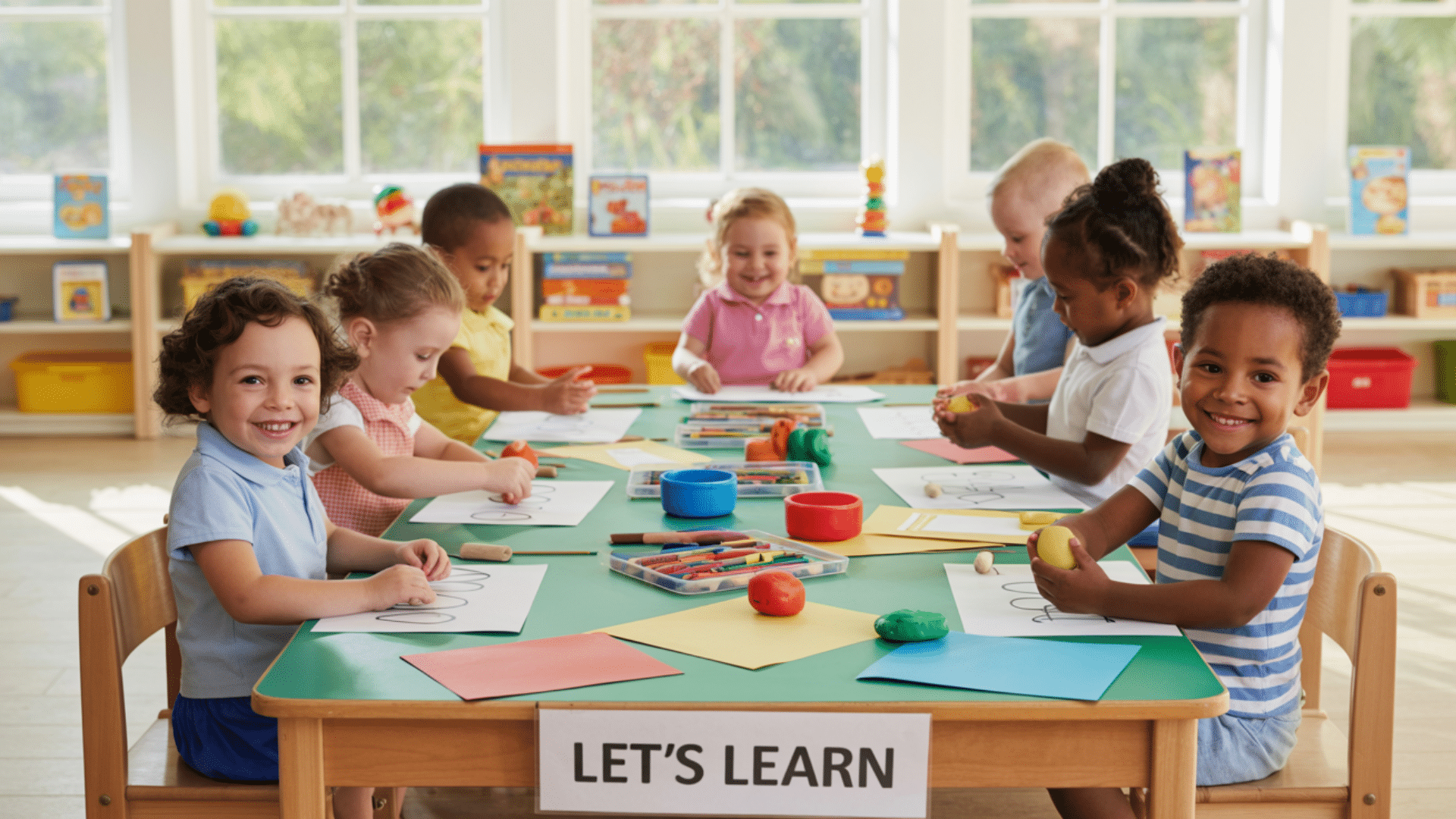
- Celebrate diverse family structures: Include activities that recognize single parents, grandparents, blended families, and non-traditional households.
- Use inclusive language: Choose words that welcome all children regardless of abilities, cultures, or family situations.
- Provide multiple ways to participate: Offer drawing, talking, movement, and tactile options for different learning styles and abilities.
- Adapt activities for different developmental levels: Modify tasks so that both younger and older preschoolers can participate successfully.
- Focus on strengths and interests: Help every child identify their areas of strength and what they enjoy.
- Create safe sharing spaces: Establish ground rules that prevent judgment and encourage positive responses.
Conclusion
All About Me activities provide powerful tools for nurturing confident, self-aware preschoolers who understand their worth and value.
These experiences lay the foundation for the development of lasting positive self-esteem and social skills.
The all about me activities presented here offer diverse ways to celebrate each child’s uniqueness while building essential developmental skills.
Most importantly, these activities help children see themselves as capable and interesting individuals with essential contributions to make. This positive self-concept becomes the foundation for lifelong learning and healthy relationships.


